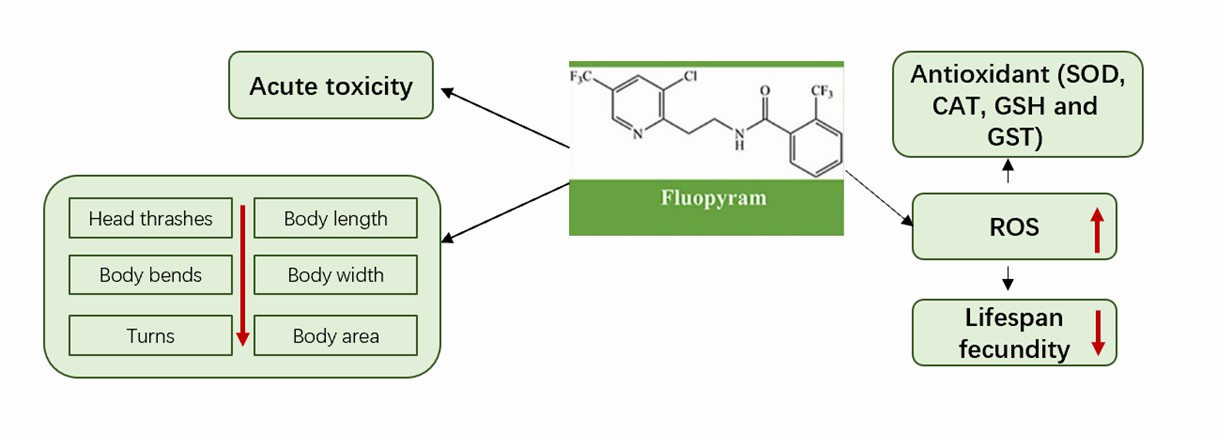Analysis of Nematicide Inhibition of Nematode Respiratory Behavior
Plant nematodes are easy to spread and highly pathogenic, and their populations are growing rapidly, making control difficult. Among the many control measures, chemical control has the advantages of being rapid, efficient, and economical and remains the main means of nematode control. While nematodes have digestive, reproductive, nervous, and excretory systems, they do not have discrete circulatory or respiratory systems. Internal and external gas exchange occurs by diffusion through the body wall, and metabolic studies have shown that both free-living and plant-parasitic nematodes metabolize energy through glycolysis and the tricarboxylic acid cycle and have the glyoxylate cycle in many nematode populations.
Powered by our professional scientists and their years of field experience, Lifeasible can help our clients analyze for nematicide inhibition of nematode respiratory behavior. With our cutting-edge platforms, we can provide analysis of mitochondrial complex II electron transfer inhibitors, succinate-coenzyme Q reductase inhibitors, and so on.
Analysis of Mitochondrial Complex II Electron Transfer Inhibitors
- Mitochondria are dynamic and complex organelles that play a critical role in many processes and functions as the major metabolic and bioenergetics organelles for the cell.
- Nematicides selectively inhibit complex II of the respiratory chain in nematode mitochondria, suppressing mitochondrial activity and leading to rapid energy depletion of nematode cells so that nematodes show symptoms such as rigidity, slow fluttering, and paralysis.
 Fig.1 Toxicity induced by fluopyram in nematodes.
Fig.1 Toxicity induced by fluopyram in nematodes.
- Lifeasible provides analysis of mitochondrial complex II electron transfer inhibitors, including nematode culture, lethality testing, nematode respiratory enzyme, and antioxidant enzyme activities (superoxide dismutase, catalase, and glutathione transferase) assays, mRNA levels of oxidative stress-related genes, mRNA levels of gut damage-related genes and lipid accumulation-related genes, mRNA levels of genes related to apoptosis, and determination of lipofuscin and lipid content, etc.
Analysis of Succinate Coenzyme Q Reductase Inhibitors
- Succinate-coenzyme Q reductase is an enzyme complex bound to the inner mitochondrial membrane. It is the only enzyme that participates in the citric acid cycle and the mitochondrial electron transport chain (in this role, it is often called Complex II). It is the only citric acid cycle enzyme that is membrane-bound.
- We help our customers analyze succinate coenzyme Q reductase inhibitors, such as toxicity testing, the effects on respiration of plant nematodes, etc.
Lifeasible offers the analysis services involved in nematicide inhibition of nematode respiratory behavior for your research convenience. Our goal is to help our clients achieve meaningful results through powerful and consistent approaches. If you are interested in our services or have any questions, please feel free to contact us or make an online inquiry.
For research or industrial raw materials, not for personal medical use!
 Fig.1 Toxicity induced by fluopyram in nematodes.
Fig.1 Toxicity induced by fluopyram in nematodes.